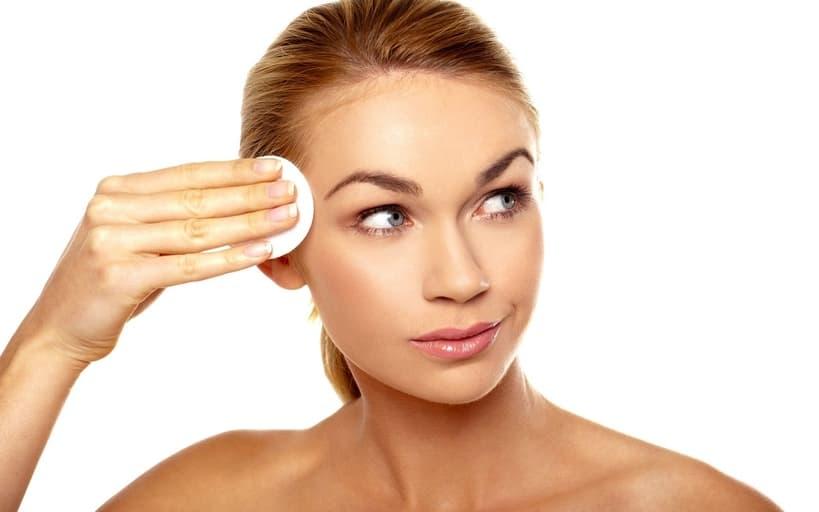Oily skin has a shine, is thick in nature and flat colored. Symptoms of habitually oily skin include granular pores and pimples as well as other skin imperfections. Your skin will also be more apt to produce blackheads. With this skin type, the glands that produce oil create more oil than your skin needs. The extra oil secretions may cause your skin to look greasy or shiny. Your pores will be larger and the skin will look rough.
What May the Cause Oily Skin:
- Genetics
- Nutrition
- Hormones
- Pregnancy
- Taking birth control
- Makeups you may use
- Moisture and hot weather
Oily skin is common among teenagers because of the changing hormone levels, but it can be seen in individuals in any age bracket. Generally, skin has a habit of getting drier as a person ages. Oil flow will increase during teenage years and begins to decrease with age. Pregnancy, menopause, and imbalances in hormone levels may also affect and increase the oil secretion in your skin.
It is common for a person to have oily skin in a particular area but normal skin in another. This condition is called combination skin.
How to Care For Oily Skin
You should cleanse with lots of hot, soapy water to avoid clogged pores. Stay away from oil-stripping skin products that encourage dried out skin. Using these products can result in a reaction called reactive seborrhoea, causing your oil glands to overwork themselves in order to compensate for the natural oil loss.
Avoid any kind of skin care product that tightens and dehydrates your skin. They cause shrinkage of skin in your upper layers, restricting the flow of oil through the pores and resulting in blockages and acne breakouts.
Keep your skin clean, but limit washing your face to a maximum of 2-3 times a day. Washing your face too much can stimulate your skin into producing more oil.
When picking a cleanser, stay away from heavy creams. Also avoid caustic soaps or cleansers. Only purchase soaps that do not include artificial additives. Absolutely do not use any skin products that contain the ingredient alcohol. After washing your skin, use an oil-free moisturizer with natural ingredients. Only use hot water to wash your face; this will dissolve your skin oil more effectively than warm or cold water.
If you have especially oily skin, it may be necessary to cleanse 3-4 times a day with a small amount of or no moisturizing until you reach the age of 30.
When washing, use your finger tips to massage your face in a circular motion. Try not to rub soap into your pores, as it can clog them.
Clay and mud masks work well on oily skin. If your skin is sensitive, stick with white or pink-colored clays. You can also use a clarifying mask once or twice a week, if desired.
Use cosmetics that are designed for use with oily skin.
Before you put your makeup on, apply an antiseptic day cream that contains active ingredients designed to decrease sebaceous secretions. Also choose products that contain benzyl peroxide as an active ingredient.





